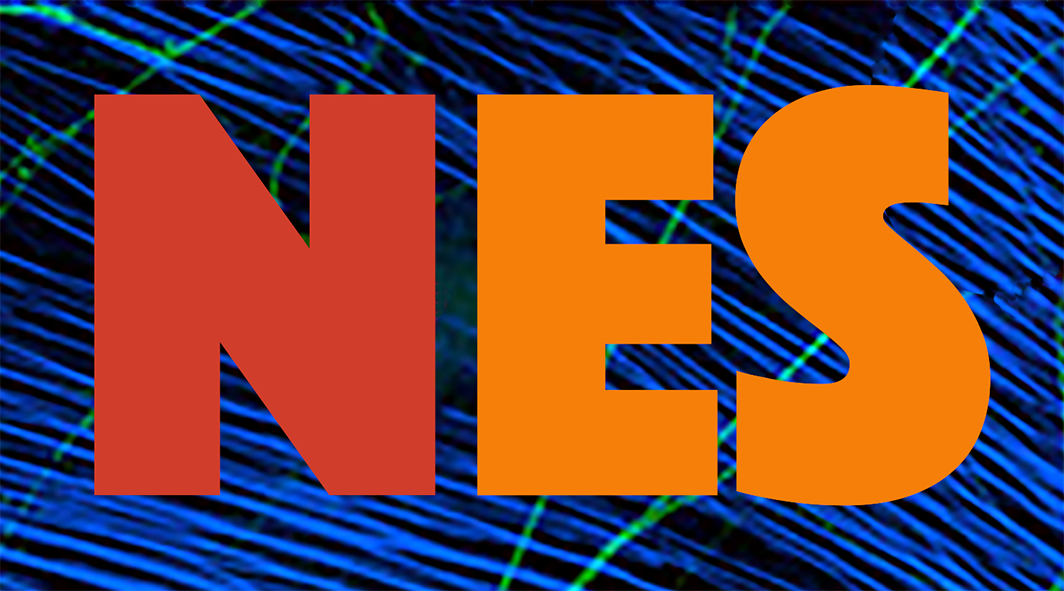
Moving brain theory along mathematical simplicity and biological plausibility
May 31, 2016
Mathematical simplicity and biological plausibility. The combining of these two axes is at the core of the inception and development of FAPESP’s Research, Innovation and Dissemination Center for Neuromathematics (RIDC NeuroMat). “Without biology, mathematicians can at most generate nice models, that could have internal coherence, but remain absolutely useless to provide a conceptual framework for neuroscience. Without mathematics, neuroscientists are unable to move to a higher level of abstraction and could fall into the trap of driving all their scientific power to gather minute details that have little to inform to a systemic understanding of neural nets,” said NeuroMat’s coordinator, Antonio Galves.
An expression of the effort to integrate mathematical modeling and neurobiological data has been the research agenda that was launched with NeuroMat’s 2013 model for biological neural nets. The model was originally called an infinite system of interacting stochastic chains with memory of variable length, which can be seen as a leaky integrate-and-fire model with random threshold. More precisely, at each time step a threshold is chosen within a probability distribution, and a neuron spikes if its accumulated potential exceeds the chosen threshold. Random thresholds are chosen independently at each time step and among neurons. The idea of random thresholds could have noteworthy impacts on spike-sorting methods, by incorporating stochasticity in the sorting procedure. Integrate-and-fire models —uncontroversially simple mathematical descriptions of neural interactions— depended on imposing an external stimulus, whereas Galves and Löcherbach’s model remained intrinsically stochastic and subsumed all sources of randomness in one varying function.
At least another characteristic remains fundamentally distinctive of NeuroMat’s 2013 model in comparison to neuron models, henceforth having the potential to yield basic clues to neural functioning. The Galves-Löcherbach model works with infinite countable sets of neurons. Naively, one could argue that one could work within a framework of finite neurons, but the number of neurons in a real biological system is so immense that this would remain unfruitful.
“The Galves-Löcherbach model is relatively simple to implement for computational simulations. It is not the only inherently stochastic model available, yet it appears to have a better benefit-cost ratio,” said NeuroMat PI Jorge Stolfi, professor at the Institute of Computing at UNICAMP and member of the coordinating team of NeuroMat’s High Performance Computing Center. Importantly the Galves-Löcherbach model incorporates levels of spiking with biological plausibility, thus putting aside a common critique that “mathematical neurons”, that are often described as having deterministic mechanisms, have little to do with “biological neurons,” as put by Stolfi. Ongoing computational simulation and current research on statistical tools inspired by the 2013 model have been indicators of NeuroMat's general motto of combining mathematical simplicity and biological plausibility.
NeuroMat’s 2013 piece has been quoted in over 30 subsequent articles, since its publication. The immediate follow research related to the perfect simulation of the process the model describes given the construction of a stationary state. A following step was the mesoscopic description of a system of interacting neurons, which advanced an understanding of the typical behavior of sets of neurons. This study on the hydrodynamic limit for interacting neurons was continued by incorporating spatial structure. The ongoing research challenge is to compare what has been identified in the mathematical model and biological cases, specifically in the case of the evolution of fMRI signals. The question that is addressed herein refers to connecting what is seen at the micro level to a broader dimension, that is, connecting the interaction of individual neurons within a specific set of neurons to the global behavior.
Another line of research has been the mathematical identification of expected behavioral tendencies of a system of interacting neurons. What has been identified is that in the long run the rate of leak currents is expected to determine whether the system remains active or not in the absence of external stimuli. An inactive state is when no spike ever occurs, which is referred to as "brain sleep.” Simulation with large systems performed by NeuroMat’s team at USP, in Ribeirão Preto, suggested that this gave rise to a phase transition for infinite leaky systems. More precisely, for large leak rates there will be one invariant measure, the one with zero potential, whereas for a small leak rate there will be a second invariant measure, with positive average potential and permanent spiking activity.
A research agenda has been progressively built around the understanding of the impact of the interaction graph of the system on the qualitative behavior within NeuroMat. This was at the origin of the workshop Random Graphs in the Brain, which brought up some discussion on why the 2013 relied on a slightly supercritical Erdős–Rényi random graph. This agenda could motivate the organization a second event to discuss random structures in the brain.
This piece is part of NeuroMat's Newsletter #28. Read more here
Share on Twitter Share on Facebook| NeuroCineMat |
|---|
|
Featuring this week: |
| Newsletter |
|---|
|
Stay informed on our latest news! |
| Follow Us on Facebook |
|---|




